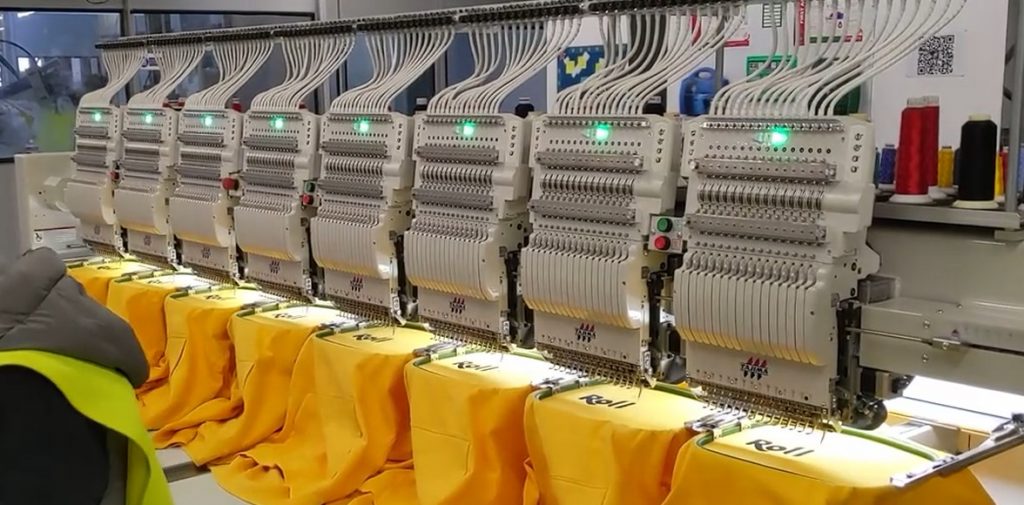Here’s a video I put together after a recent visit to one of my supplier factories.
It was fascinating to see how screen printing is done and embroidery of garments.
There is a lot of work that goes into making the screens for e.g. printing onto a tote bag. The colours need to be applied separately which is why there will be a limit to the number of colours you can have on a screen printed garment.
One of the advantages of screen printing is that you can have precise colours so you can have a pantone match. Another advantage is that for high quantities they are cheap. However, due to the amount of work that goes into making a screen they are expensive for small quantities.
Sometimes you can get a reduced price on a second order if the screen still exists. Some suppliers will keep them for a little while after the order (maybe up to a year). However some suppliers will immediately re-use the screen and so no reduction is possible.
When small quantities of garments are required digital printing is often chosen. In digital printing the image is printed onto a substrate and heat pressed onto the garment. In the past this would have been onto vinyl which needed to be weeded; a quite laborious and often fiddly process. Newer methods include DTF (direct to film) and DTP (direct to paper). DTP printing is more environmentally friendly the DTF as the printing is done onto a paper substrate whereas DTF is done onto a plastic substrate.

